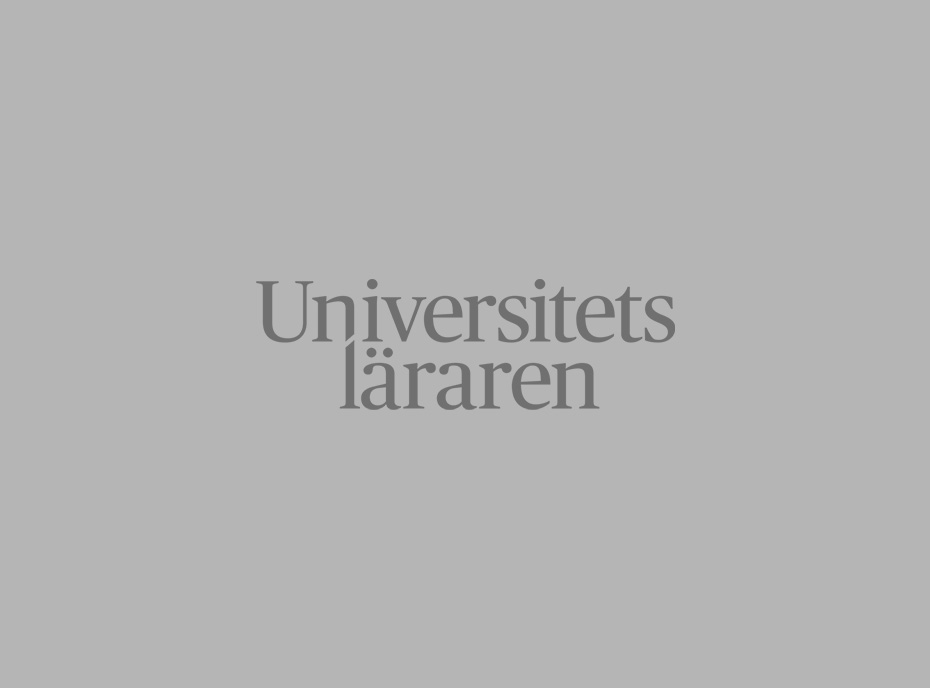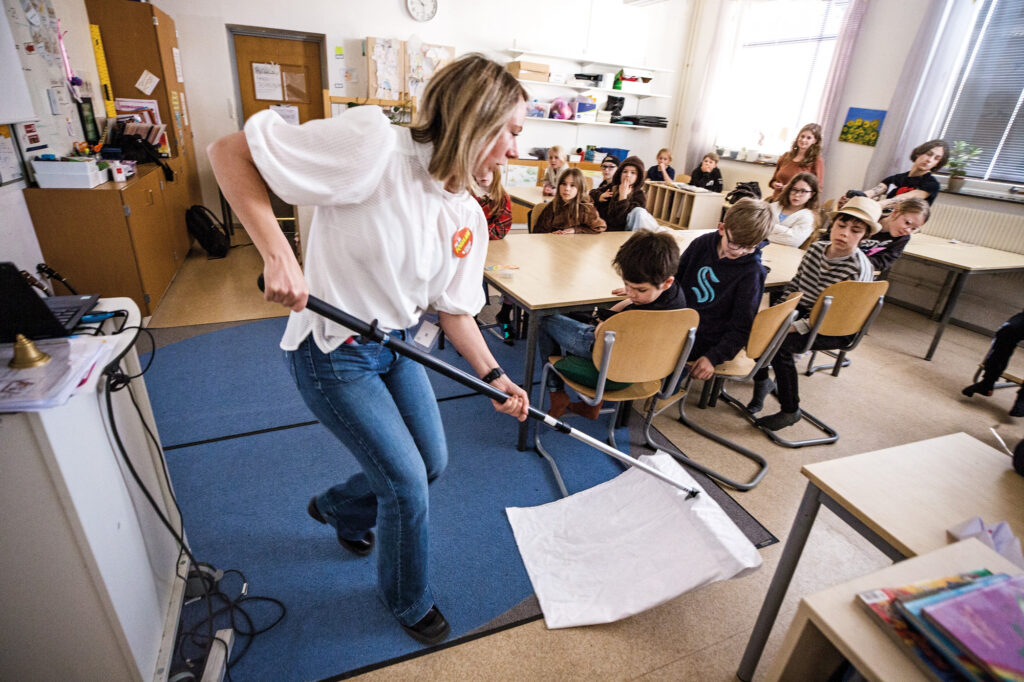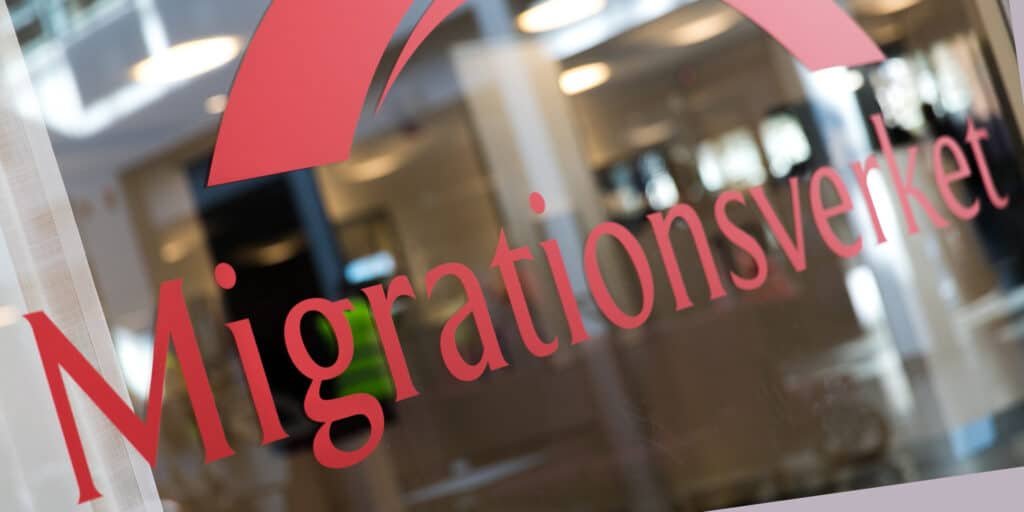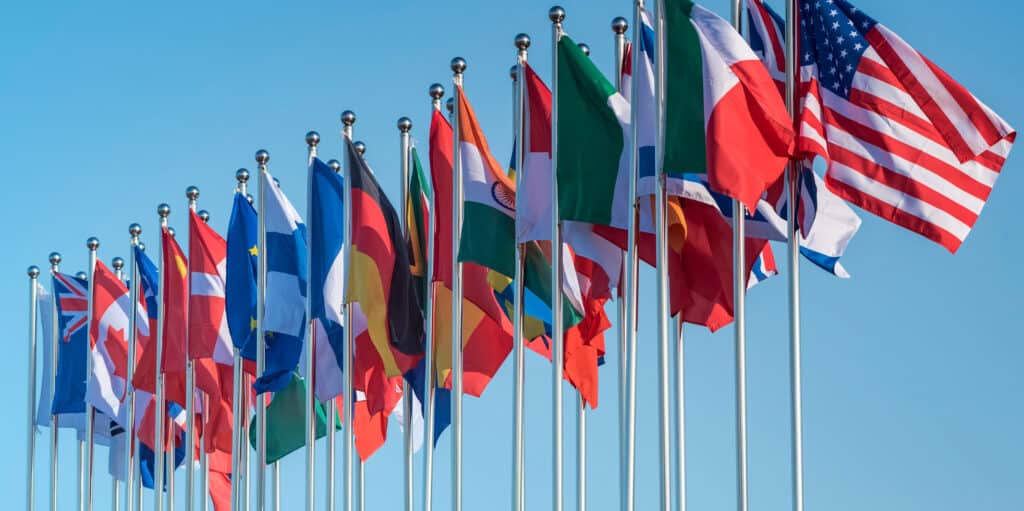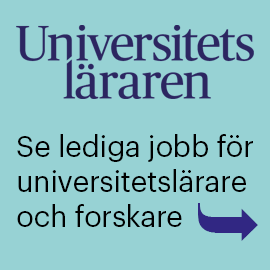During the last two years, it has become drastically apparent how student mobility is sensitive to the health crisis as Covid-19 swiped the whole world in March 2020. Higher education institutions (HEIs) were forced to limit their internationalisation activities related to student/staff mobilities, and in some countries, the exchanges have stopped entirely. Swedish Higher Education Authority, UKÄ’s, government assignment on the consequences of the pandemic is going to reveal more details, but the official statistics already confirmed the number of incoming students dropped by 54% during AY 2020/2021.

During the pandemic, the concept of Internationalisation at Home (IaH) has received increased attention. The ongoing IaH projects driven by the network for Strategic Internationalisation for Swedish University Colleges (HÖNSI) are good examples of such an attention shift. The latest definition by Beelen & Jones describes IaH as “the purposeful integration of international and intercultural dimensions into the formal and informal curriculum for all students, within domestic learning environments”. It stresses the importance of inclusiveness and intentionality as well as the fact that learning is also taking place outside the campus walls.
In the world, IaH has received renewed momentum during the last decade. Mainly because the concept has started to make its way into policy documents at global, European, national, and institutional levels. But also, because of many concerned voices critiquing the commercialisation of internationalisation and the shadow sides of student mobilities. Mostly their elitist approach, its uncertain effectiveness in developing students’ intercultural competencies and its negative impact on the global climate crisis.
Failing attempts for waking up attention
It is quite surprising that it requires a hit by a world health crisis to renew the talks about IaH in Sweden. Notably, as the IaH is a term of Swedish origin. IaH received a lot of attention at the turn of the millennium, but afterwards, it appears that IaH was placed on the sideline in Swedish HEIs’ agendas. Lack of time and funding, institutional support, competence development, and understanding of what IaH means in practice are some of the challenges impeding HEIs from the IaH implementation. Another factum is that IaH is not measured, and therefore, many HEIs find it difficult to prioritise it. Additionally, the mission and resources of the Swedish Council for Higher Education (UHR) are limited, and therefore, there is no coordinated support at the national level. The role of curriculum developers that might support academics in their work with IaH is not common at every institution.
Remarkably, IaH is mentioned already in the 2004 Inquiry ‘New world – new university’ where Swedish HEIs are recommended to formulate a coherent IaH strategy. The Inquiry states that all students must be prepared for operating in an international environment, even those who do not have the opportunity or intends to study abroad. Yet, up until today, very few HEIs actually included IaH in their internationalisation strategies or policies. And even less HEIs have a comprehensive IaH strategy with a detailed plan for implementation and monitoring.
Also students are not indifferent to IaH. Swedish National Union of Students (SFS), in their 2014 report ‘Räcker det med undervisning på engelska?’ (“Is teaching in English enough?”), they required of HEIs to put more focus on the appropriate pedagogy linked to internationalisation at home.
In 2018, Agneta Bladh introduced a national strategy for internationalisation 2020–2030, where IaH received long-awaited attention. The Inquiry proposed a number of well-reasoned IaH-related ideas, i.e. that “All students who earn university degrees have developed their international understanding or intercultural competence”. Unfortunately, the inquiry’s IaH proposals were not implemented; thus, IaH responsibility remains mainly with the individual HEIs that do not always have the right competencies and infrastructure in place.
The Higher Education Act on internationalisation was revised recently. “The collected international activities of each higher education institution must enhance the quality of its research and education, and make a national and global contribution to the sustainable development”. The change entails a sharper mandate that is expected to strengthen HEIs’ responsibility for internationalisation. Yet, it is not clear if this change will have any effect on the IaH development. The fact that IaH will not be part of the new internationalisation platform is disappointing. As HEIs are struggling with the implementation of IaH, they would have benefited from collective support and inspiration.
Pandemic: an accelerator for change?
Internationalisation experts claim that a pandemic is a watershed moment for internationalisation, and it is time for rethinking it and finding new trajectories. We often hear the phrase ‘the new normal’ and that the worst thing that could happen is going back to how it was before. The pandemic has definitely been an accelerator for prioritising IaH activities at many HEIs. More place is given to the IaH elements, such as virtual exchange (VE) and the internationalisation of the curriculum. Inclusive and innovative forms of internationalisation have been on the agendas of most of the internationalisation conferences during 2021. Consequently, the role of international offices is changing, and some of them are quick to adapt to these new needs. At some HEIs, the roles of the IaH coordinators and VE coordinators are emerging.
In the case of Sweden, I am afraid Covid-19 as a cause for the change will not be enough. At least, not for the long-term change. When I look around me, I see many HEIs longing enormously for coming back to normal. This accelerating potential that has existed is left to be unexploited. The mobility mindset is deeply rooted despite the fact that only 15% of Swedish students study abroad. The living example is the UHR’s conference, the Internationalisation Day, with the timely topic: ‘Inclusion in internationalisation’ but wait. The sub-topic focuses on inclusive student mobility. Again, it seems we have forgotten that internationalisation is much more than mobilities. We have forgotten 85% of our students that, for various reasons, will not study abroad.
IaH requires the involvement and cooperation of several stakeholders. Yet, very few HEIs are willing to encounter this journey. As a result, a few distinct IaH initiatives take place at HEIs. These are often fragmented and lead to unequal opportunities for students. Without encompassing the whole student body through internationalising the formal curriculum at home, IaH activities will remain elective, and IaH will lose its all-inclusive potential. To me, it seems that HEIs lack the motivation to truly embark on IaH.
There are many ways to improve this situation, but if I could change only one thing, I would have included IaH-related indicators into the UKÄ’s programme evaluations and HEI’s quality assurance processes. It is time to demonstrate that IaH matters, and it should be part of the evaluation of each programme. A simple question of “How many programmes possess the internationalised intended learning outcomes?” can start to make a difference.
If I could make a few wishes, I would like to see a national lab that could provide hands-on IaH support to HEIs, funding available for enhancing HEIs work with the IaH, and IaH being involved in the Internationalisation Index run by The Swedish Foundation for International Cooperation in Research and Higher Education (STINT).
Lucie Weissova
International Relations Manager, Jönköping University
PhD applicant at the Centre for Higher Education Internationalisation (CHEI) at Universita Cattolica del Sacro Cuore
